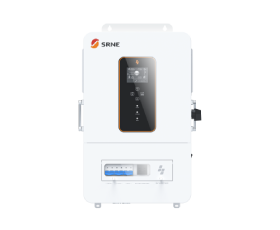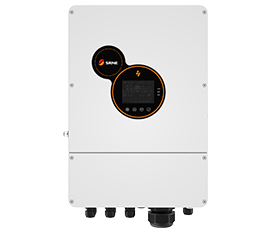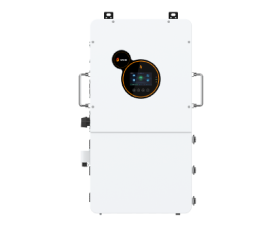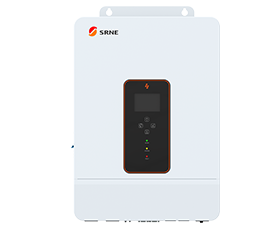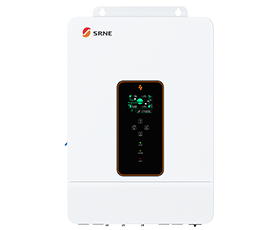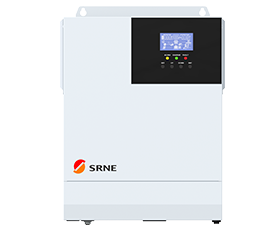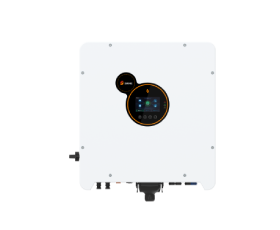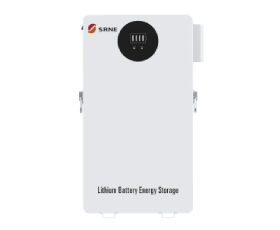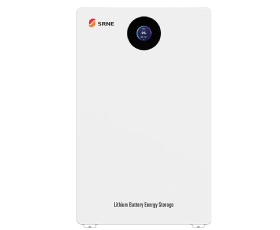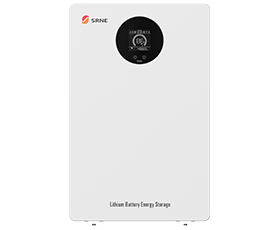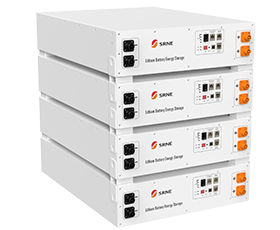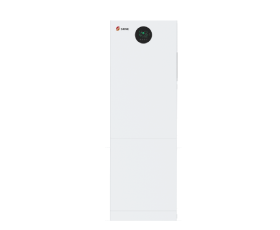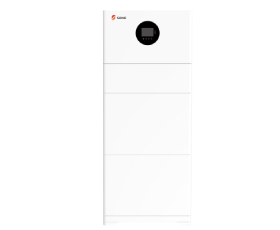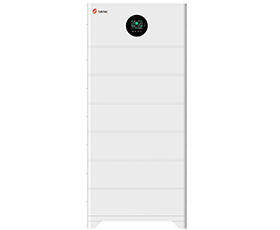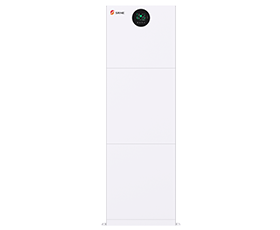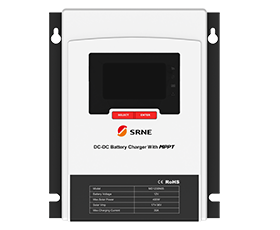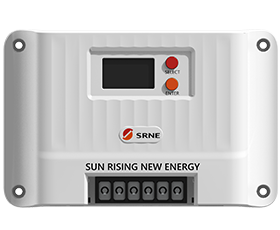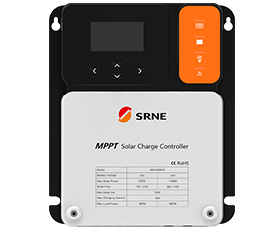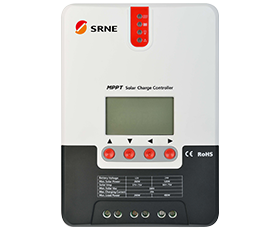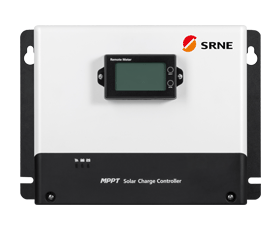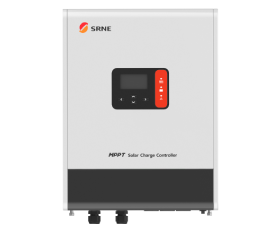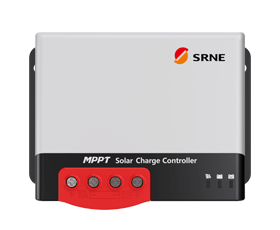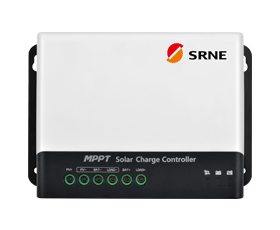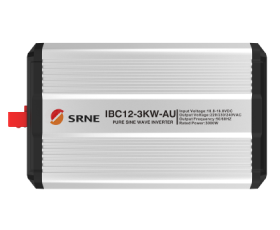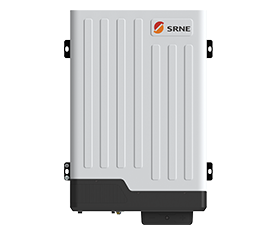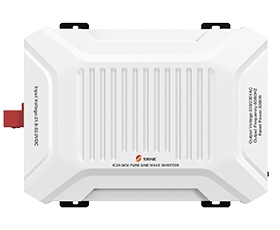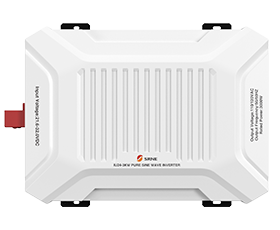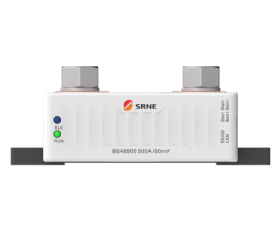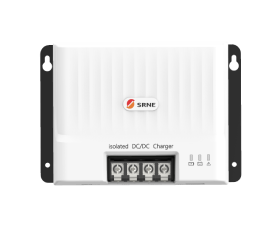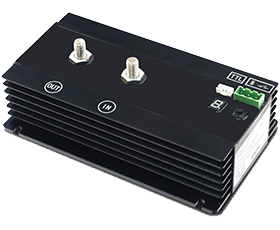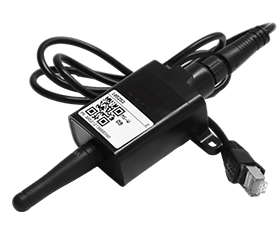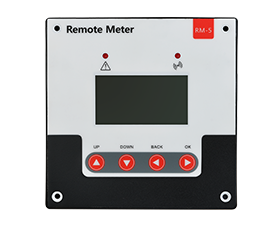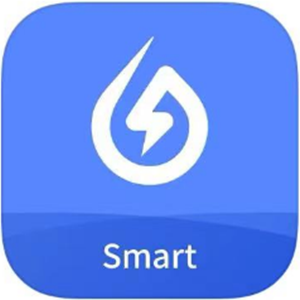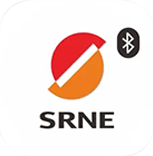Best Off Grid Inverter for Home Use (2025 Buyer’s Guide)
Introduction:
One of the most essential components of an off-grid solar power system is the off-grid inverter. This 2025 buyer’s guide breaks down
everything you need to know, from how off-grid inverters work to the top models worth considering for your home.
1.Top 3 Off-Grid Inverters for Home Use in 2025
Feature | Growatt SPF 5000ES | Renogy 3000W Pure Sine Wave Inverter | https://www.srnesolar.com/productdetail/56.html |
Best For | Full Off-Grid Homes | Medium-Sized Homes or Cabins | Remote house |
Power Output | 5000W (48V) | 3000W Continuous / 6000W Surge (12V) | 8000W-12000W(400V) |
Waveform | Pure Sine Wave | Pure Sine Wave | pure sine wave |
Solar Charge Controller | Built-in MPPT (100A) | Not Included | Dual MPPT with up to 99.9% efficiency |
Parallel Operation | Up to 30kW | Not Supported | Up to 800V PV input voltage |
Efficiency | High | Moderate | High |
Pros | 1. Great for solar + battery setups 2. Highly customizable | 1. High surge capacity 2. Compact design | 1. Easy to install and simple to use. 2. 360 degrees of security from hardware to software |
Cons | May require professional installation | No built-in solar controller | Without |
2.How to Choose the Right Off-Grid Inverter for Your Home
Choosing the right off-grid solar inverter isn’t just about picking the most expensive or highest wattage model—
it’s about matching the inverter to your specific energy needs, usage patterns, and budget.
The following will be elaborated from these aspects:
2.1Assess Your Power Needs
Before choosing an off-grid inverter, it's important to accurately estimate how much power your home requires.
Start by listing all the appliances and devices you plan to run—such as lights, refrigerators, TVs, washing machines,
and air conditioners—and note their wattage. Remember to account for startup surges, as many appliances
(like refrigerators and pumps) require a significantly higher wattage to start than they do to run continuously.
Finally, consider how many of these devices will be operating at the same time, as your inverter needs to handle
the total combined load during peak usage periods. This assessment ensures that the inverter you choose can
reliably meet your household’s energy demands without overload or failure.
2.2Decide on Battery Voltage
Choosing the right battery voltage is key to designing an efficient off-grid system. The most common system voltages
are 12V, 24V, and 48V. A 12V setup is typically used for small and simple systems, such as RVs, boats, or basic cabin setups.
For larger residential systems, 24V or 48V is recommended, as they are more energy-efficient, support higher power loads,
and require thinner wiring—resulting in less energy loss and lower installation costs.
Generally, the higher the voltage, the more suitable it is for powering a full-sized home.
2.3Choose Your Power Output (Wattage)
Your solar inverter should be capable of handling your system’s peak power demand, especially when multiple appliances
run simultaneously. Here's a general guideline based on the size and energy needs of different home types:
Home Type | Recommended Inverter Wattage |
Small cabin or tiny home | 1000 – 2000W |
Average family home | 3000 – 6000W |
Large off-grid home | 8000W or more |
Additional,selecting the correct wattage ensures reliable performance and prevents overloading your inverter
during high-demand periods.
3.Key Factors to Consider When Choosing an Off-Grid Inverter
Here are the most critical technical and functional features to look at when selecting an off-grid inverter in 2025:
3.1Pure Sine Wave vs. Modified Sine Wave
When choosing an off-grid inverter, it's essential to understand the difference between pure sine wave and modified sine wave models.
Pure sine wave inverters deliver clean, stable power that works seamlessly with modern electronics and appliances—
making them the preferred choice for residential use.
In contrast, modified sine wave inverters produce a simplified output that may not be compatible with certain devices,
potentially causing performance issues or unwanted noise. While they are more budget-friendly, their limitations make
them less suitable for long-term or full-home systems. For reliable, everyday off-grid living, a pure sine wave inverter is
the smarter investment.
Do you want to know what pure sine wave and modified sine wave are and what role they play in solar off-grid inverters?
Click on this article to find the answer https://www.srnesolar.com/articledetail/sine-wave-and-modified-sine-wave-inverters.html
3.2 Efficiency Rating
Inverter efficiency measures how well the device converts DC electricity from solar panels or batteries into AC electricity for household use.
A higher conversion efficiency means less energy is wasted, which is especially important in off-grid systems where power is limited.
Look for solar inverters with 90% efficiency or higher. Top-tier models can reach up to 98%, offering better performance and lower energy loss.
High efficiency also generates less heat, which helps protect the inverter and improves system reliability.
Note that some off gird solar inverters show both peak efficiency and rated (average) efficiency. Peak efficiency reflects ideal conditions,
while rated efficiency gives you a better idea of real-world performance. While high-efficiency off gird solar inverters may cost more initially,
they provide greater long-term value by maximizing the use of your solar power.
3.3 Solar Compatibility
When selecting an off-grid inverter, it’s important to consider whether it can directly integrate with your solar panel system.
Some solar inverters come with a built-in MPPT (Maximum Power Point Tracking) solar charge controller, which optimizes the energy
harvested from your solar panels and eliminates the need for a separate controller. This not only reduces installation complexity and
cost but also saves space—especially valuable in compact setups like cabins or RVs.
What’s more,built-in MPPT controllers are particularly useful for users seeking a clean, all-in-one solution. However,
in larger or more complex systems, a separate high-capacity charge controller may offer more flexibility and scalability.
When comparing inverters, check the maximum solar input voltage and current, to ensure compatibility with your solar array.
Here’s a quick comparison to help guide your choice:
Feature | Inverter with MPPT | Inverter without MPPT |
Space-saving | Yes | No |
Installation complexity | Lower | Higher |
Separate charge controller | Not needed | Required |
Best suited for | Small/medium systems | Large/custom systems |
For homeowners aiming for simplicity and streamlined installation, a solar-compatible inverter with a built-in MPPT controller is
often the most practical choice.
If you want to know the latest mppt solar charge controller, this is about the details of the 2025 mppt solar charge controller,
to help you choose a home solar off-grid inverter.
Learn more:
https://www.srnesolar.com/articledetail/tools-for-solar-inverter-installation.html
Conclusion:
The right off-grid inverter can make or break your home energy system. Whether you're building a remote homestead, setting up an RV, or preparing for grid instability, choosing a reliable, efficient, and safe inverter is critical. In 2025, with more advanced features and integrated technologies, there’s a model to suit every home and budget.




















